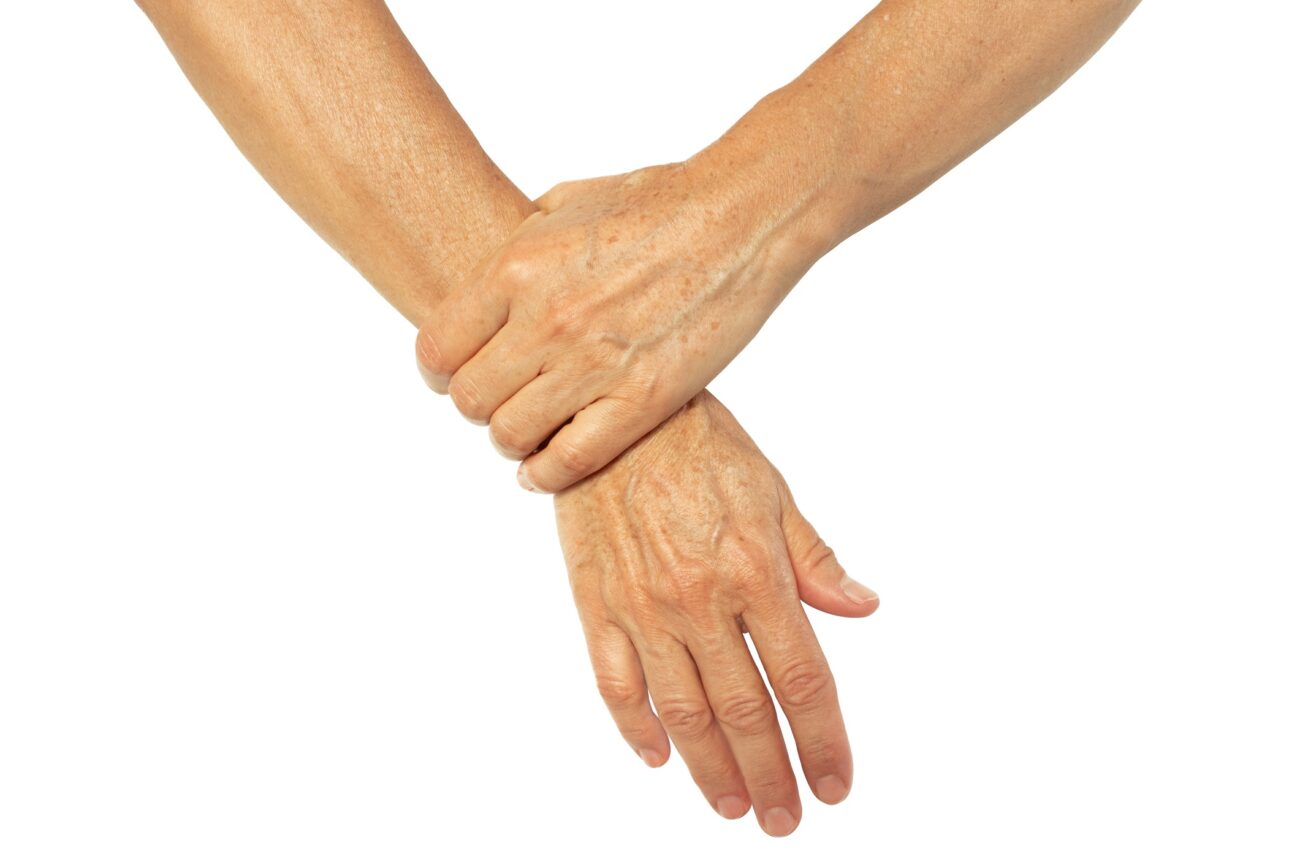We often take our circulatory system for granted because the veins and arteries that transport blood throughout the body lie hidden beneath the skin. In places where the skin is thin, like the wrist, you might see faint blue or green lines that reveal your veins.
Visible veins against the skin can be normal in many cases. But discoloration, bulging, and other cosmetic issues with your veins can point to a vascular disease called varicose veins. How can you tell the difference between normal and damaged veins?
If you feel unhappy about the way your veins appear, you should consult with a vascular specialist. They can identify signs of vein disease and offer targeted treatment to get rid of them. You may also read on to view a comparison of normal and varicose veins.

Symptoms of Varicose Veins
As mentioned, you can find visible veins throughout your body even when they are healthy. Recent weight loss and thinned and aging skin may make veins appear even more starkly on the skin in many people.
Sometimes, the veins might become bulged or discolored for an acute reason, like a change in weather conditions or temperature. Exercise can also increase blood flow, which can impact the appearance of the veins for a brief period.
Patients with varicose veins or other vein diseases will see more severe symptoms that will endure on a chronic basis. This distinguishes them significantly from patients with normal, healthy veins.
Varicose veins develop when a valve within the blood vessel becomes damaged or malfunctions. This damage to the walls of the vein means that blood can pool and accumulate there instead of flowing freely elsewhere in the body. As a result, the veins can appear dark in color and bulge or swell against the skin.
Patients might also feel some soreness in the affected area, along with cramping or tingling. Frequently, varicose veins form in the legs, but they can also affect the arms, neck, and other areas of the body. If these symptoms sound familiar, you should reach out to a vein specialist for an evaluation.
Promote Healthy Veins
Sometimes factors outside your control, like chronic health conditions, may put you at risk of varicose veins. However, you can take preventive measures to promote healthy veins and keep vascular diseases at bay.
The best way to maintain overall wellness, including in your veins, is to adhere to a balanced, nutritious diet and engage in regular exercise. Leafy green vegetables, oily fish like salmon, citrus fruits, and berries can all contribute to boosting blood circulation. They contain antioxidants and other ingredients that improve blood pressure and therefore lower your chances of forming vein diseases.
Excess salt, sugar, and fats, on the other hand, might make your blood pressure worse. So steer clear of these items in your diet.
Cardiovascular exercise, like walking, cycling, or yoga, will keep your heart rate up, which will prove beneficial for your circulation. You should try to complete 20 to 30 minutes of physical activity most days.
Compression stockings can help patients with a high risk of vein disease. Learn more about preventive care for your veins by contacting Varicose to Perfect today.
